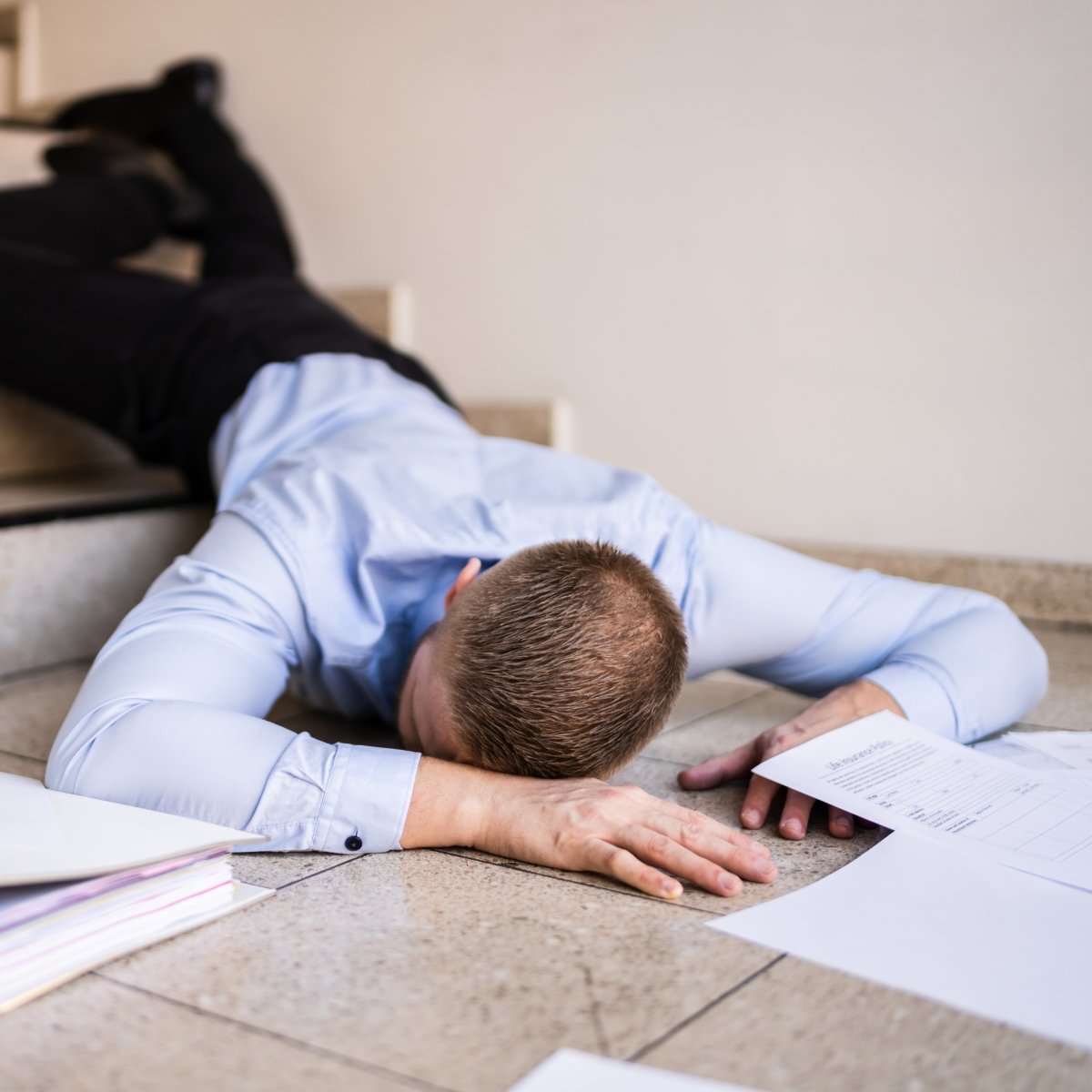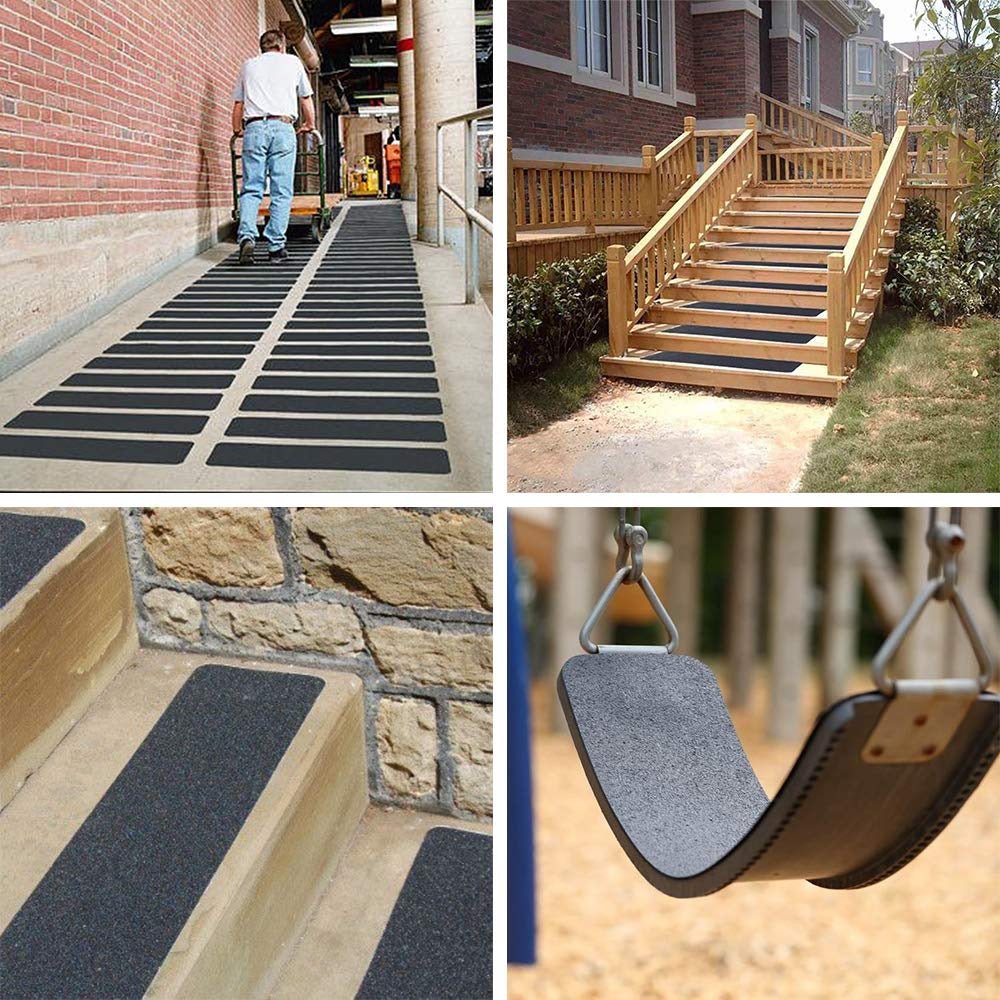Reducing Slip and Fall Injuries: Safeguarding Homes and Workplaces in the UK
Introduction
Accidents can happen anywhere, and one common type of mishap that poses a significant risk is slip and fall injuries. In the United Kingdom, slip and fall accidents occur frequently both at home and in workplaces, leading to a considerable number of injuries. In this blog post, we will explore the prevalence of slip and fall injuries in the UK and discuss effective preventive measures that can be implemented to mitigate these incidents.
Part 1: The Prevalence of Slip and Fall Injuries
1.1 Slip and Fall Statistics in the UK
Slip and fall accidents are a widespread problem in the UK, affecting thousands of individuals each year. According to the Health and Safety Executive (HSE), slips, trips, and falls account for a significant proportion of workplace accidents. In 2020/2021, there were approximately 29,000 non-fatal injuries resulting from falls at work, highlighting the severity of the issue.
1.2 Slip and Fall Incidents in the Home
Slip and fall injuries are not limited to the workplace; they also pose a threat within our homes. The Royal Society for the Prevention of Accidents (RoSPA) reports that falls account for nearly 50% of accidents in the home, with older adults being particularly vulnerable. These incidents often lead to fractures, head injuries, and long-term mobility issues.
Part 2: Identifying Common Causes of Slip and Fall Injuries
2.1 Workplace Hazards
Various factors contribute to slip and fall accidents in the workplace. Some common causes include wet or slippery floors, poorly maintained walkways, inadequate lighting, improper footwear, and uneven surfaces. Employers must take steps to identify these hazards and create a safe working environment by implementing preventive measures.
2.2 Home Hazards
Slip and fall risks within the home are equally important to address. Some key factors that contribute to accidents include loose rugs or carpets, cluttered pathways, inadequate lighting, slippery bathroom surfaces, and lack of handrails. Recognizing these hazards is crucial in preventing accidents and protecting the well-being of individuals at home.
Part 3: Preventive Measures to Reduce Slip and Fall Injuries
3.1 Workplace Prevention Strategies
Employers play a crucial role in ensuring the safety of their employees. Implementing the following preventive measures can significantly reduce slip and fall incidents in the workplace:
a) Regular maintenance and cleaning of floors and walkways
b) Installing non-slip flooring or mats in high-risk areas
c) Adequate lighting and visibility improvements
d) Promoting proper footwear and providing suitable options if necessary
e) Encouraging good housekeeping practices and minimizing clutter
f) Clear signage and warnings for potential hazards
3.2 Home Prevention Strategies
To create a safe living environment, individuals can adopt the following preventive measures:
a) Securing rugs and carpets with non-slip pads or adhesives
b) Keeping pathways and walkways clear of obstacles
c) Ensuring adequate lighting, especially in hallways and staircases
d) Installing handrails in staircases and grab bars in bathrooms
e) Regularly inspecting and maintaining outdoor areas for hazards like loose tiles or bricks
f) Encouraging regular exercise and balance training to improve stability and reduce the risk of falls, especially for older adults
Conclusion
Slip and fall injuries in the UK are a significant concern, both in workplaces and homes. The prevalence of these accidents underscores the need for proactive preventive measures to protect individuals from harm. By implementing strategies such as maintaining clean and well-lit environments, addressing hazards promptly, and promoting awareness, we can reduce the occurrence of slip and fall injuries. It is essential for employers, homeowners, and individuals to prioritize safety, thereby ensuring a secure environment for everyone in the UK. Remember, prevention is always better than cure, and investing in safety today can save us from potential harm tomorrow.
Reducing Slip and Fall Injuries around the home and workplace














